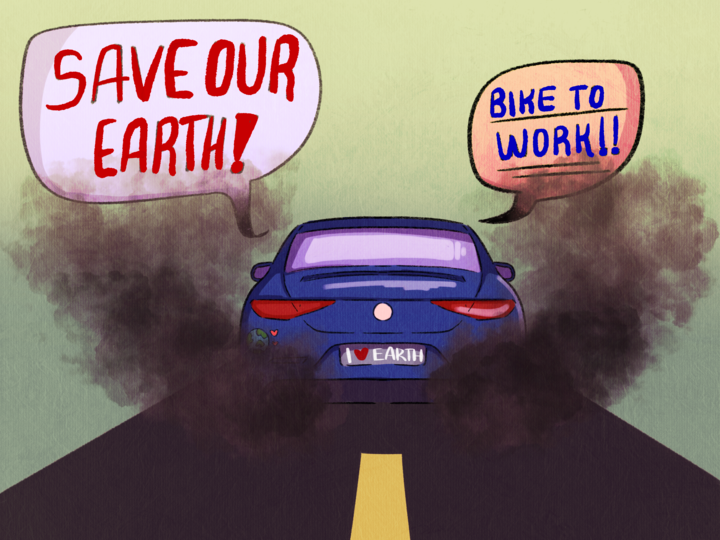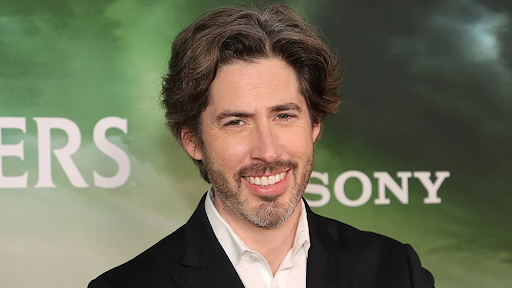Presumably in result of the national debate about murder of — mostly young, mostly male — black people, and about police use of force regulations, legality, culture and utility more generally, UAPD recently started wearing body cameras on Homecoming weekend. While this is a forward step in assuring police transparency, what we really need is a democratic, civilian police oversight committee.
“During the last three years, body-worn recording devices have tripled in police agencies nationwide,” according to Tucson News Now’s Som Lisauis, who also reports that the 58 cameras were bought for about $90,000, or a bit over $1,500 each.
That’s almost a strangely high price for a small video camera, but hopefully we’ll get what we paid for with high quality video footage of every relevant police interaction. The cameras will not always be recording, and it is unclear how much discretion the officer has over when it should be on or if it automatically switches on.
Plans for the Tucson Police Department and the University of Arizona Police Department to adopt the body cameras had been announced before the controversial takedown of an innocent UA student who was her phone and trying to find her car to leave the mayhem after last year’s Elite Eight loss, so perhaps this is totally unrelated. I wouldn’t be surprised if this precipitated faster adoption of the systems, though.
There’s no excuse why every police department across the nation hasn’t already started wearing these cameras, and even with proliferation taking off, I sense some reluctance and some procrastination. If it were a new toy like the “Assault System 3000” or whatever the military is giving their police buddies lately, $90,000 would have been spent and cameras adopted by every officer years ago.
Ultimately, they have been shy to make arguments against them because officers’ conduct should speak for itself, but conservatives have certainly been much less enthusiastic about body cameras.
If that’s what they really believed happened with former police officer Darren Wilson, a body camera would have shown Michael Brown’s superhuman bull rush that necessitated that sixth bullet into the face that any reasonable person would have judged necessary to save his or her own life.
And it would have shown exactly how threatening 12-year-old Tamir Rice looked holding the plastic toy gun in the store where it was sold — exactly what the officer saw — before the officer decided to take the boy’s life. I’m sure it was a horrifying image of armed black masculinity that any court would have judged to be worthy of being put to death within the proceeding two seconds, right?
We all know the footage will only make the acquittals and decisions not to file charges that much more absurd. Maybe it will cause a guilty verdict or two, eventually.
What we need most urgently is democratic community oversight of our police departments.
In Newark, New Jersey, a coalition of labor, LGBT, immigrant and civil rights groups, led Mayor Ras Baraka to sign an executive order establishing one of America’s most progressive civilian police review boards.
Courtney Hutchinson of Policy Link writes, “This Civilian Complaint Review Board (CCRB) will have independent authority to investigate police misconduct, subpoena data and testimony from the department, audit the department’s policies and practices, and determine disciplinary decisions that, barring a ‘clear error’ in the board’s investigation, will have to be carried out by the police director. The police department will also have to report racial and demographic information to the board regarding police activities, including stop and frisk.”
This is an unprecedented success. Progressive groups in cities across the country and their mayors need to take notice that they have the power to make this much more meaningful change, and pair it with the first step that body cameras represent.
Follow Martin Forstrom on Twitter.








